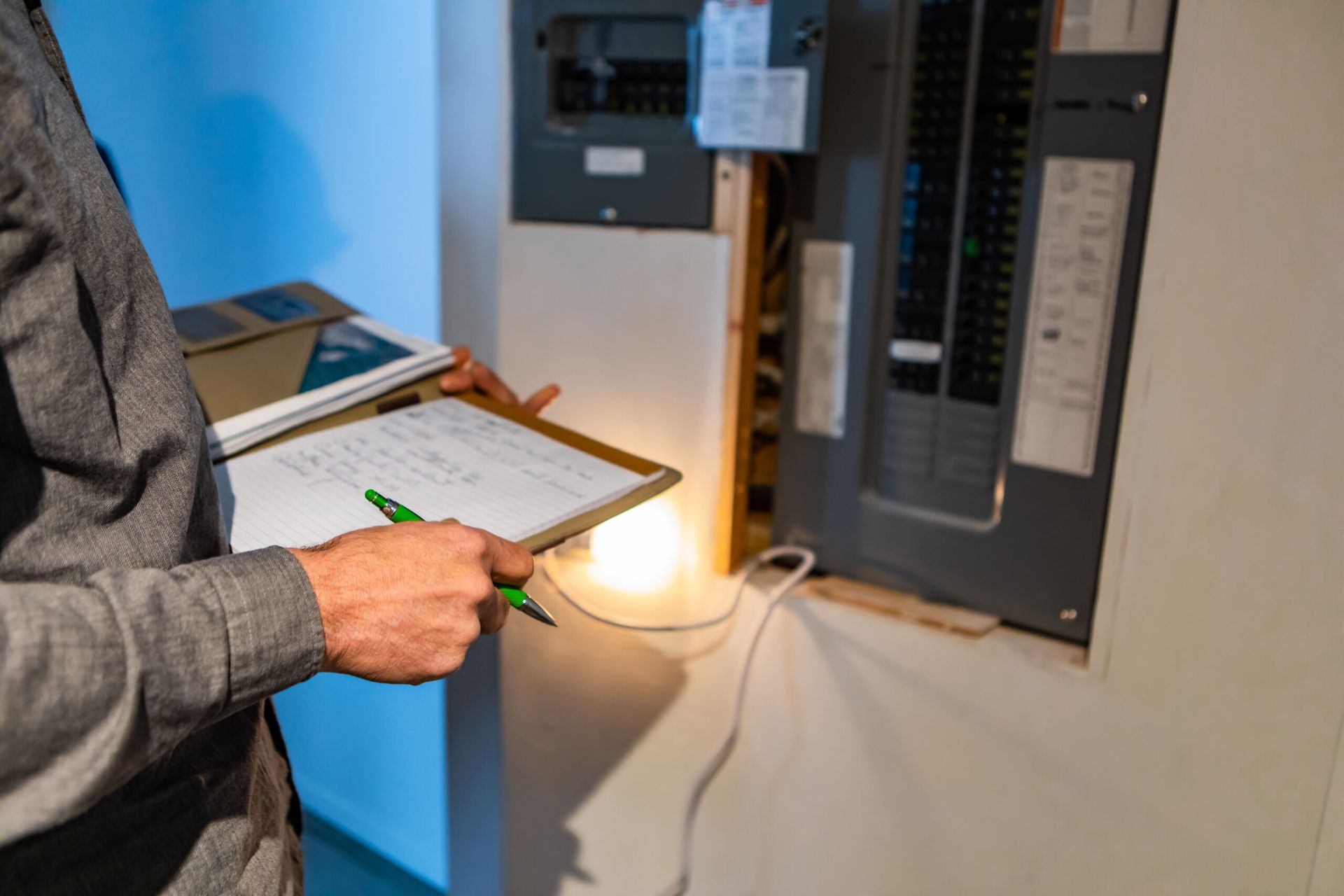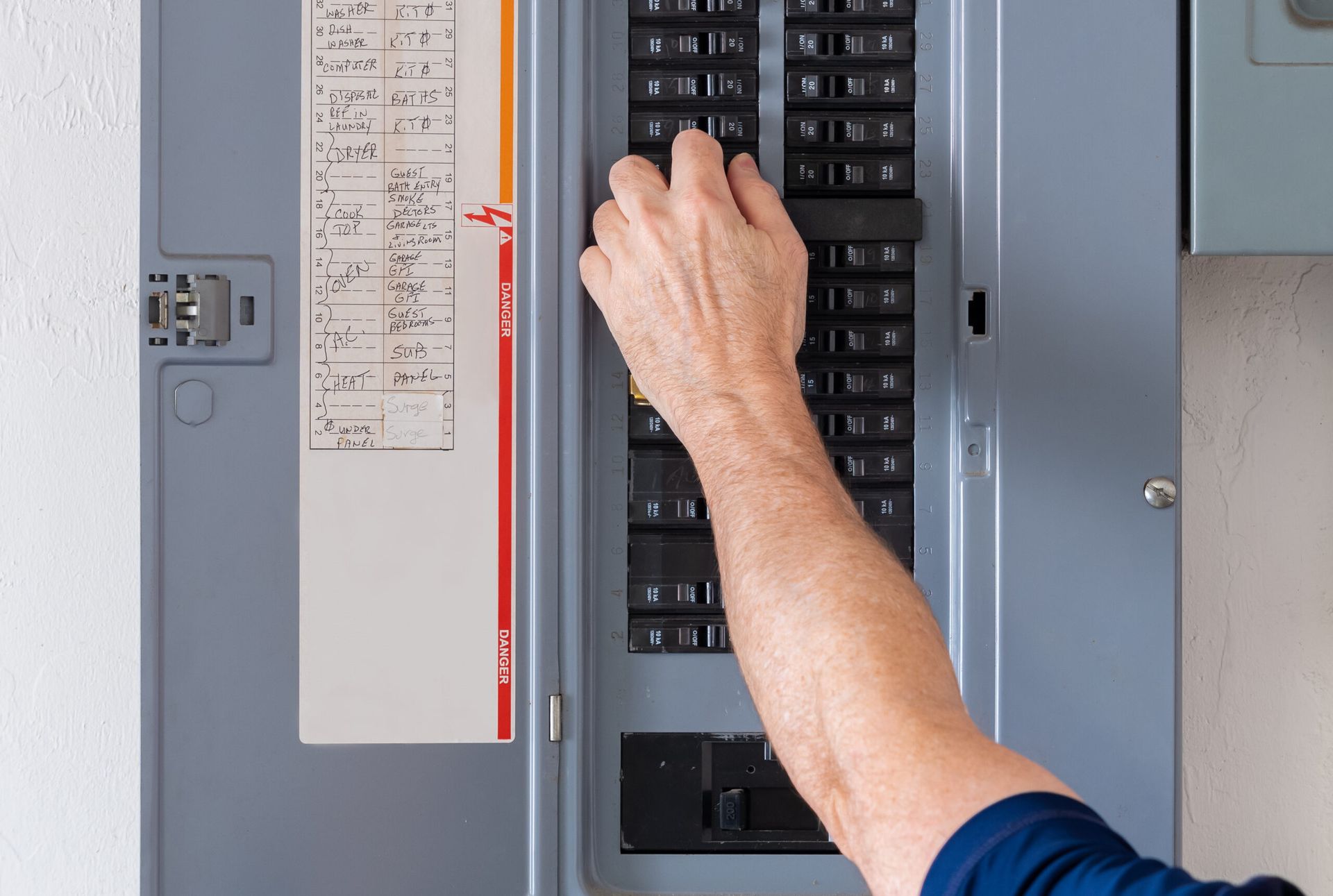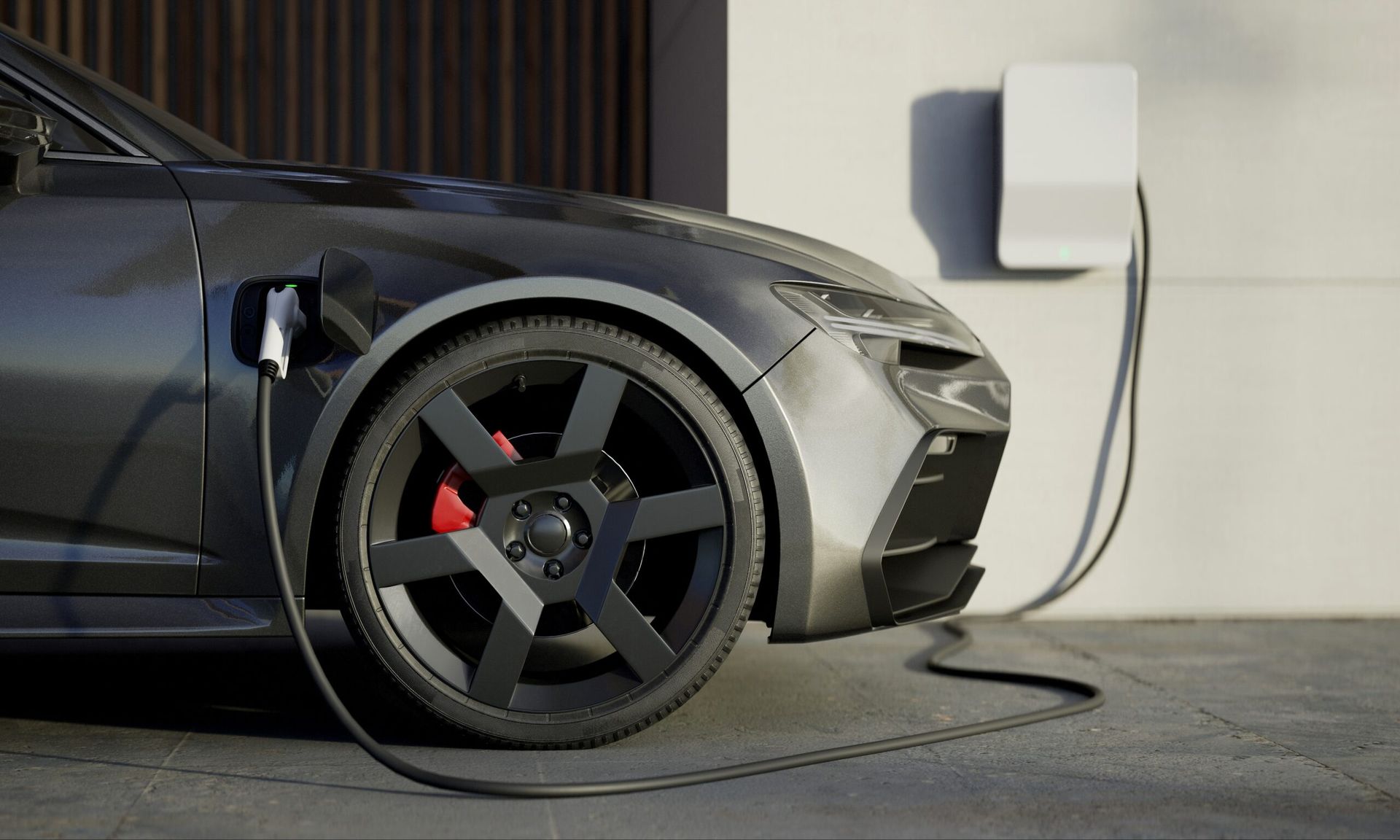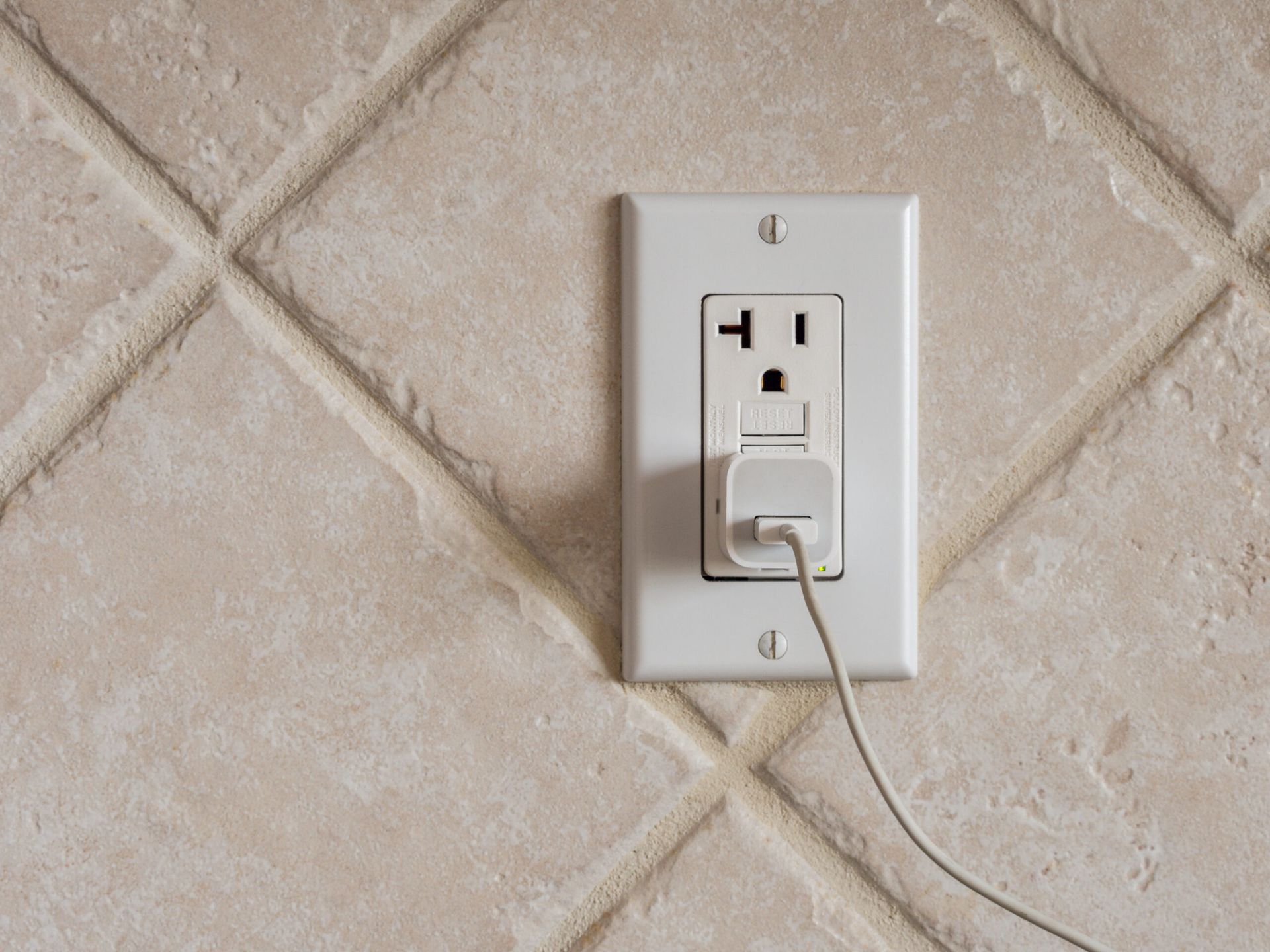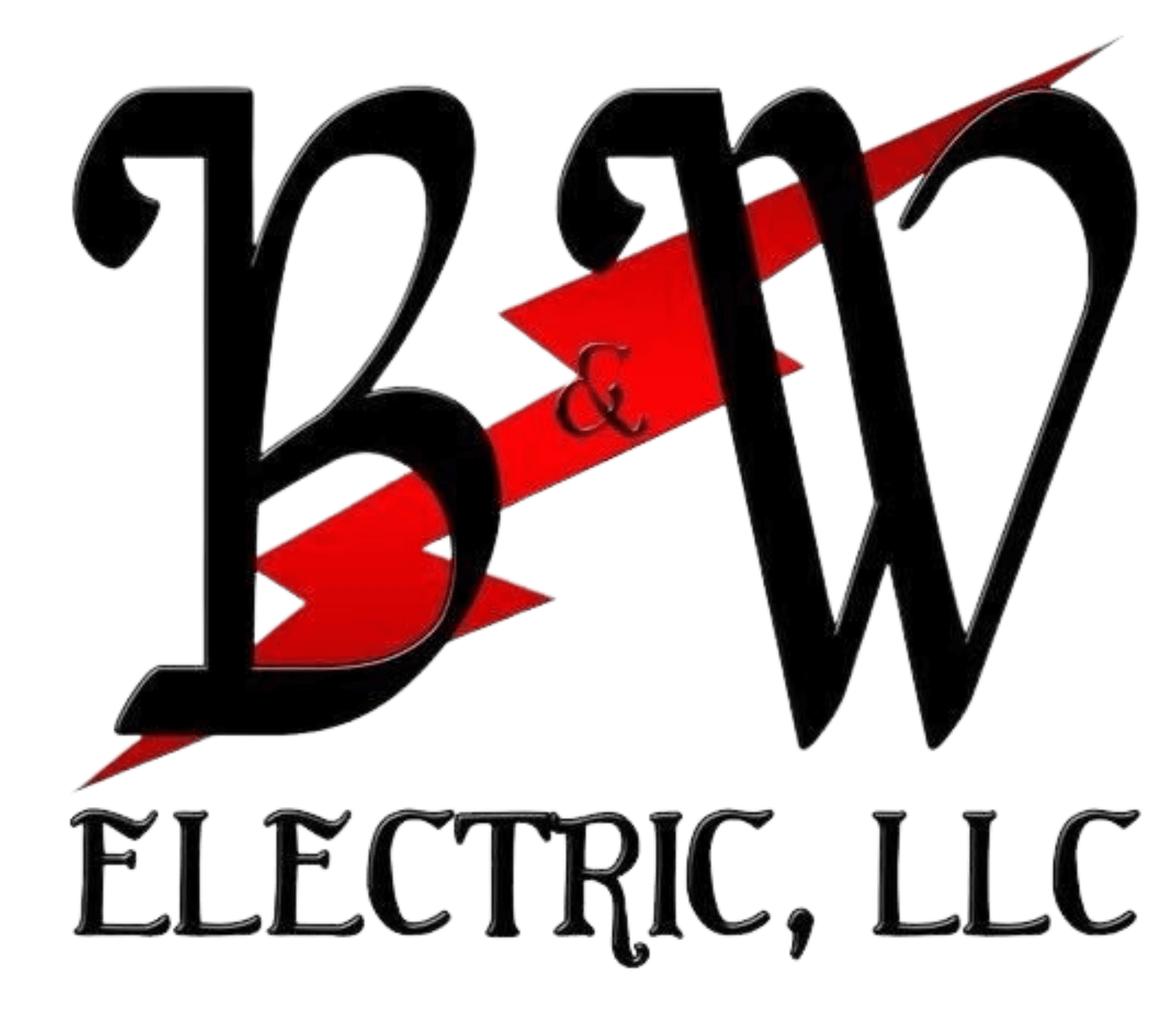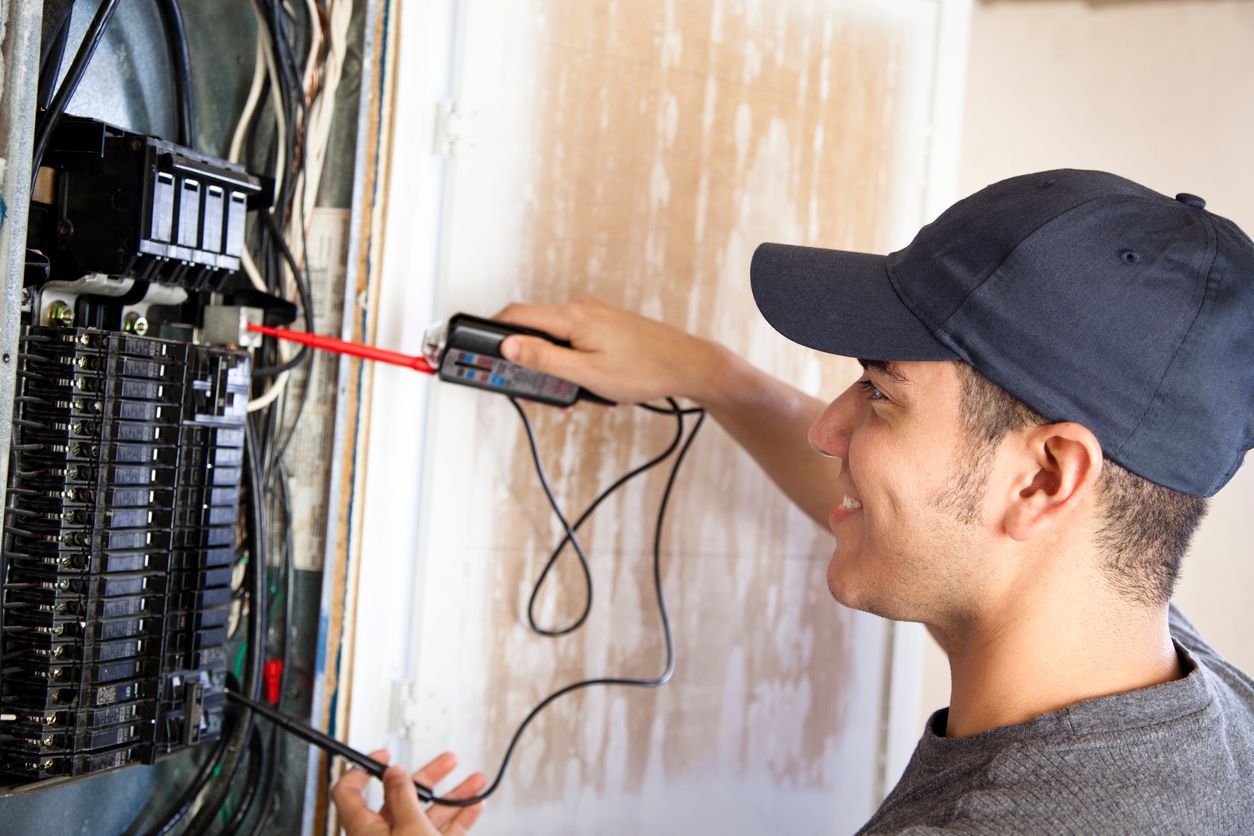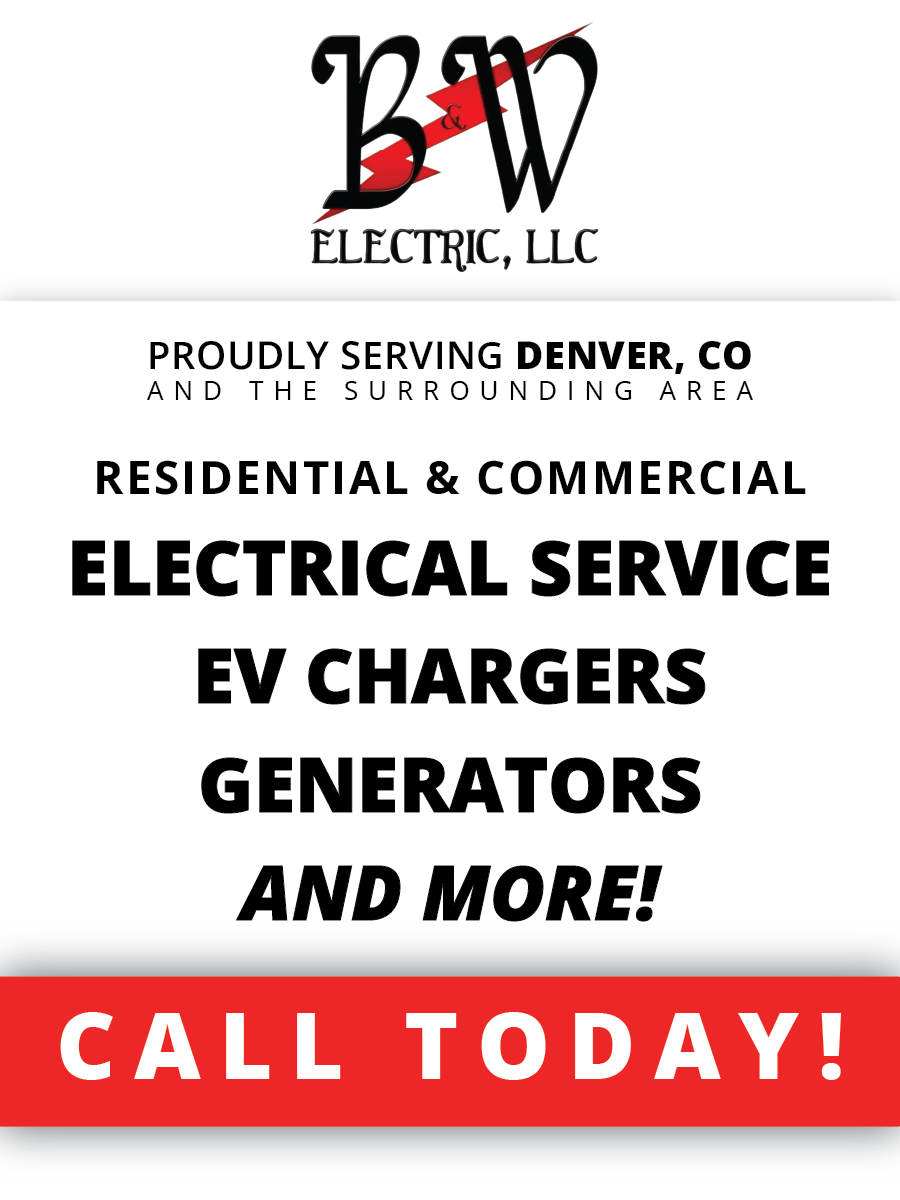As anyone who’s ever attempted DIY electrical work knows, it can be a truly daunting task, especially when a circuit breaker won’t reset. Circuit breakers, for the uninitiated, are essential safety devices designed to protect your home’s electrical system from overloads and short circuits.
When they trip, it’s usually a sign that something isn’t right. But what happens when you try to reset the breaker, and it just won’t budge?
In this blog, we’ll tackle that question by explaining why your circuit breaker might not be resetting, and provide practical tips to get your power back on safely.
4 Common Reasons Your Circuit Breaker Won’t Reset
Before diving into solutions and looking at how to reset your circuit breaker, it’s important to understand some of the common reasons why a circuit breaker may not reset:
- Overloaded Circuit: An overloaded circuit is one of the most common reasons for a breaker to trip, and typically occurs when too many devices are drawing power from the same circuit, exceeding its capacity.
- Short Circuit: A short circuit is a more serious issue that happens when a hot wire comes into contact with a neutral wire, causing a large amount of current to flow, which then trips the breaker.
- Ground Fault: Similar to a short circuit, a ground fault happens when a hot wire touches the ground wire or a grounded part of the electrical box.
- Faulty Breaker: Can circuit breakers go bad? They sure can! Breakers can wear out over time and may fail to reset if they are damaged or defective.
How to Reset a Breaker
Now that we’ve identified some common causes, let’s look at practical steps you can take to reset your circuit breaker:
- Turn Off All Appliances and Devices: First thing first, you need to reduce the load on the breaker by unplugging or turning off all devices connected to the circuit. This will help determine if an overloaded circuit is the issue.
- Locate the Tripped Breaker: Find your electrical panel and look for the breaker that is either in the “OFF” position or somewhere between “ON” and “OFF.” This should be easy to spot because the tripped breaker won’t align with the rest of the breakers.
- Reset the Breaker Properly: To reset, push the breaker firmly to the “OFF” position first and then back to the “ON” position. Sometimes a gentle but firm pressure is needed to make sure it resets properly.
- Check for Short Circuits or Ground Faults: If there’s a short circuit or ground fault, the breaker will likely trip again immediately. If this happens, inspect the wiring and outlets for any signs of damage or burnt wires. If you’re not comfortable doing this, it’s best to bring in a licensed electrician.
- Test the Breaker: If the breaker doesn’t immediately trip, you can start plugging in your devices one by one. This will help determine if a particular appliance is causing the overload.
- Replace the Breaker if Necessary: If the breaker won’t reset and you’ve ruled out overloads, short circuits, and ground faults, then the breaker itself is likely to be the culprit. Unless you have experience with electrical work, it’s best to hire a professional to replace your breaker.
We know how frustrating and worrisome it can be to have a circuit breaker that won’t reset. Luckily, with the right approach, you can often identify and resolve the issue on your own, however, it’s vitally important to remember that safety is paramount when dealing with electrical systems. Always take appropriate precautions and don’t hesitate to seek professional help if you’re unsure about any step!
If you’re in the Denver area and experiencing the frustration of a circuit breaker that won’t reset, give the experienced pros at B&W Electric a call today!

